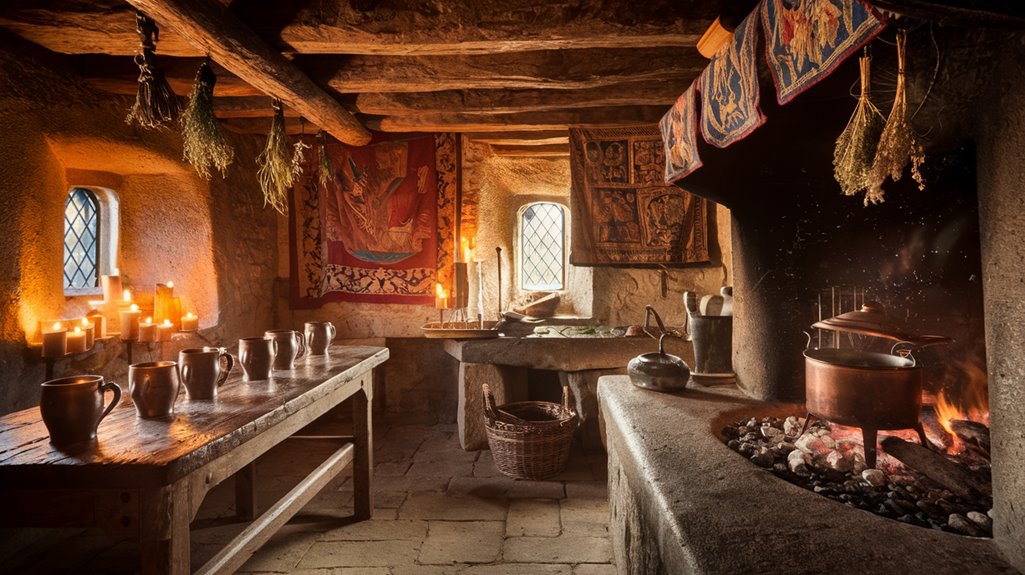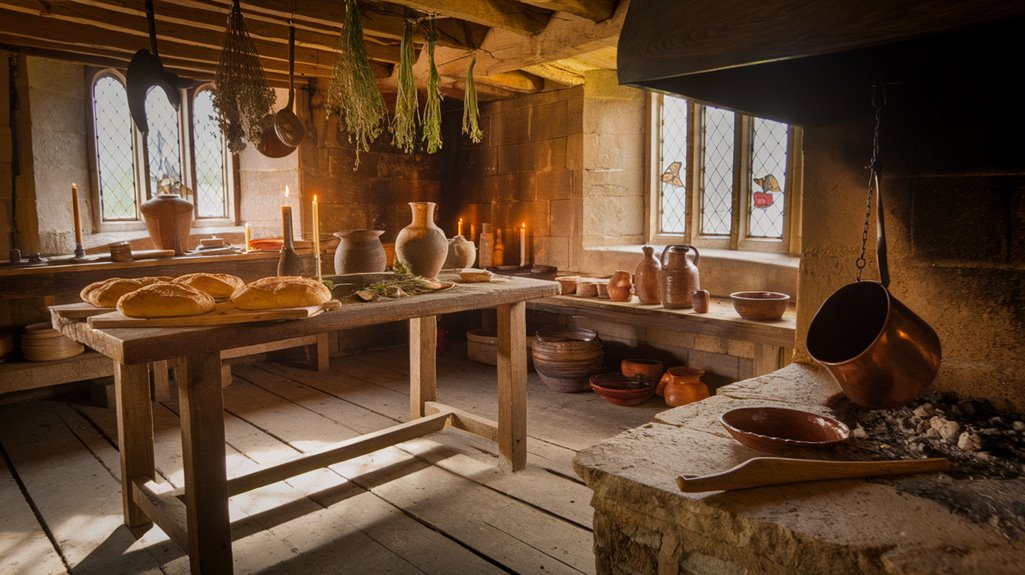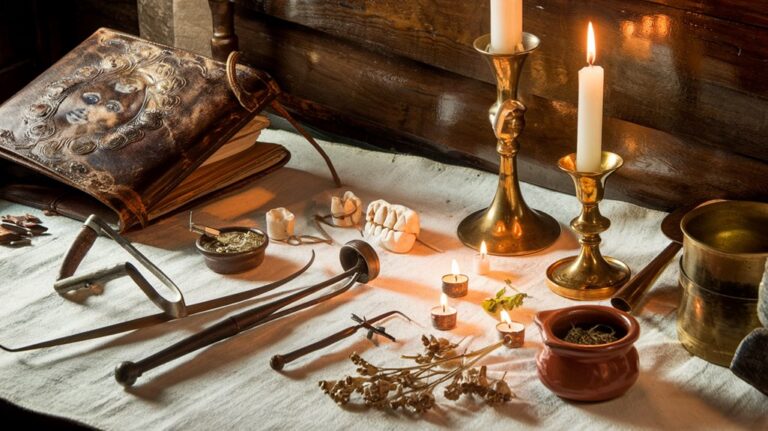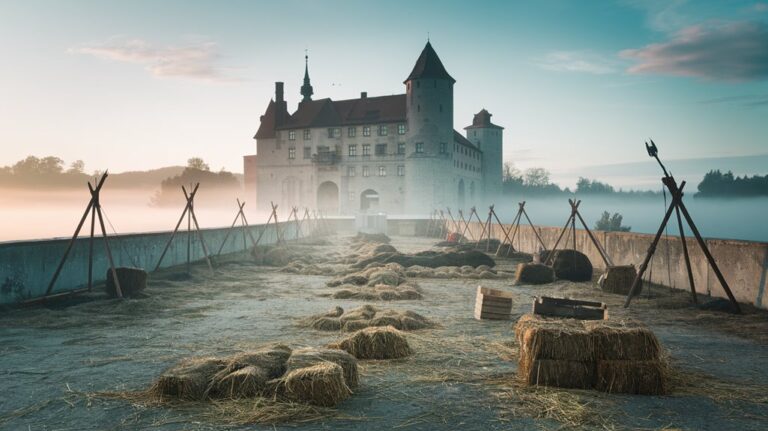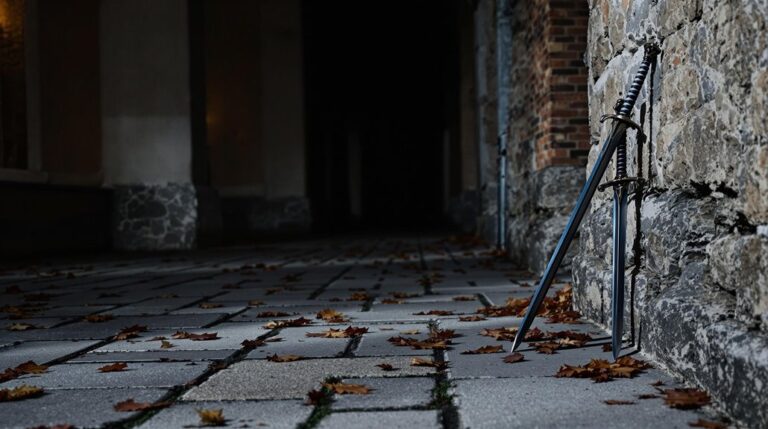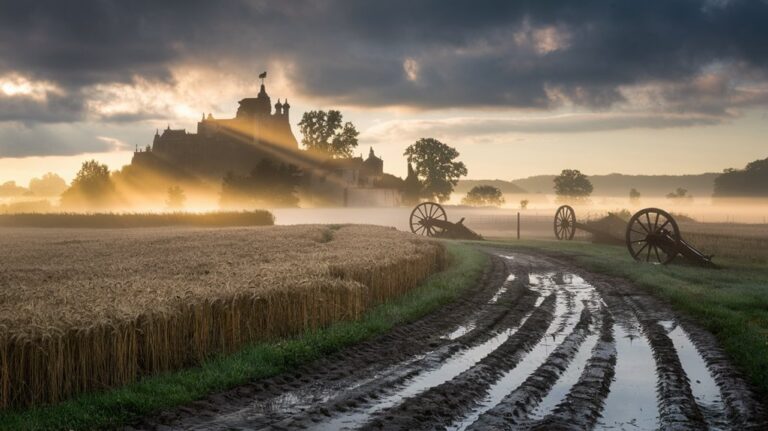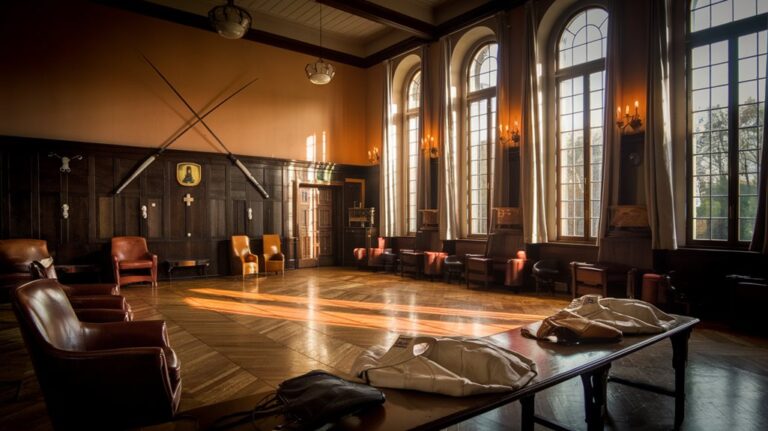A Medieval Woman Was Named Diot Coke
Have you ever wondered how a medieval woman came to share part of her name with a modern soft drink? You're about to discover the fascinating story of Diot Coke, a 14th-century Yorkshire woman whose name has sparked curiosity among historians. While you might assume her surname has a connection to the beverage company, it actually derives from an occupational title meaning "cook." But there's more to Diot's tale than just her unusual name, and the truth will challenge what you think you know about medieval women.
The Truth Behind the Diot Coke Legend
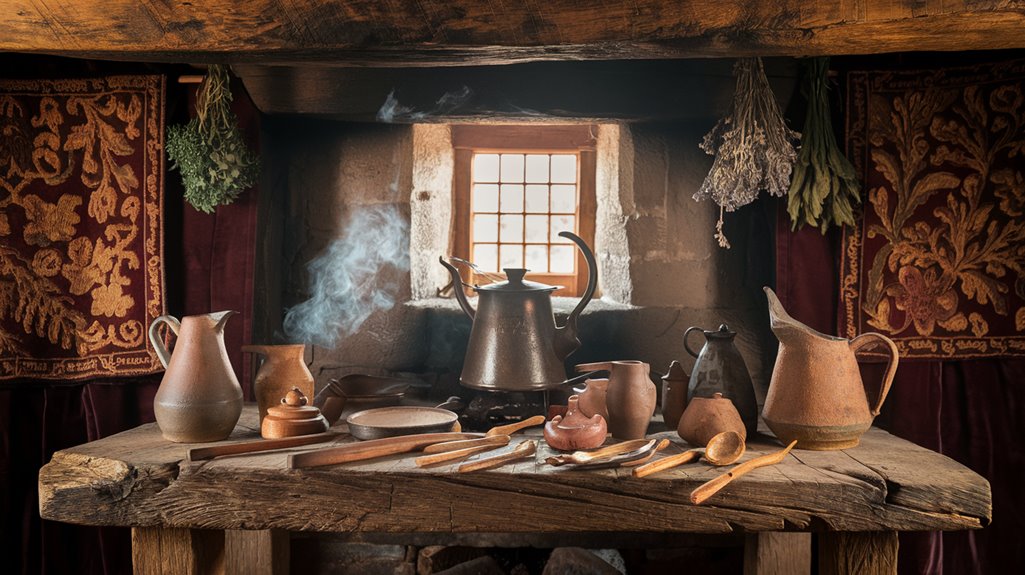
While many people might assume Diot Coke is a playful internet meme, she was actually a real medieval woman whose name was discovered in 14th-century Yorkshire records by historian George Redmonds.
You'll find Diot's significance lies in how her name reflects medieval naming conventions. Her first name "Diot" wasn't random – it's actually a diminutive form of "Dionisia," which later evolved into the modern name "Denise." Like notable medieval women, many of her life accomplishments may have gone unrecognized due to the patriarchal society of her time.
Her surname "Coke" is simply a variation of "Cook," following the common medieval practice of deriving surnames from occupations. Interestingly, centuries later, the beverage company would launch Diet Coke in 1982, marking the first time the Coca-Cola name was used for a diet product.
While we don't know much about her life beyond these basic facts, her rediscovery offers you a fascinating glimpse into the complex naming practices of the Middle Ages, where religious influences and cultural traditions shaped how people were identified.
Nicolaa De La Haye: the Real Medieval Heroine
Unlike the scarce records of Diot Coke, history paints a vivid portrait of Nicolaa de la Haye, one of medieval England's most remarkable military leaders.
Her medieval leadership skills shone through multiple sieges, particularly during the First Barons' War of 1215-1217, where Nicholaa's bravery saved King Henry III's throne.
You'll be amazed by these highlights of her extraordinary life:
- First woman appointed as sheriff in English history
- Successfully defended Lincoln Castle for seven months in 1217
- Earned high praise from King John, who called her "beloved and faithful"
- Inspired a surge in babies named Nicholaa in 13th-century Lincolnshire
- Managed to thrive in a male-dominated society, earning respect from chroniclers
Her achievements were so remarkable that medieval writers struggled to describe her, often resorting to masculine terms to convey her strength and tenacity. Her strength was evident early on when she held out for forty days against mercenaries during Longchamp's siege in 1191.
After her husband Gerard de Camville's death in 1214, she declared herself femme sole to maintain independence over her lands.
Historical Records and Medieval Names
The historical records of medieval women provide fascinating glimpses into their lives, from managing estates to conducting business transactions. You'll find them in deeds, convent records, legal documents, and church registers, each revealing different aspects of women's roles in medieval society.
When you examine medieval naming patterns, you'll notice how they reflect social status and family connections. Women's names could change upon marriage or include place identities, like Nicolaa De La Haye. These records have been enhanced through the study of contemporary medieval artworks that depict women in various roles and settings.
They often authenticated documents with personal seals, and their names might appear with titles indicating their rank or marital status. While spelling variations and different naming conventions can make tracking individuals challenging, these records offer valuable insights into how medieval women were identified and recognized in their communities.
Separating Fact From Fiction
As researchers explore medieval records, separating historical fact from fiction requires careful examination of primary sources and scholarly documentation.
When studying historical linguistics and name etymology, you'll find that medieval names often have deeper meanings than their modern interpretations suggest. Similar to how Diet Coke was introduced in 1982, historical elements require proper dating and context for accurate analysis. After extensive testing of sweetener options, researchers found that consumers preferred saccharin over competing products.
Consider these key aspects when examining medieval names:
- Names evolved through regional dialects and cultural shifts
- Historical records provide context for name variations
- Primary sources help authenticate name origins
- Spelling differences reflect medieval writing practices
- Cultural context shapes name interpretations
You must understand that names like Diot Coke emerged naturally within their historical context.
Diot, derived from Dionisia, and Coke, stemming from Cook, demonstrate how medieval naming conventions differ from modern assumptions.
Through careful research and documentation, you can distinguish authentic historical names from misinterpretations.
Modern Misconceptions and Historical Research
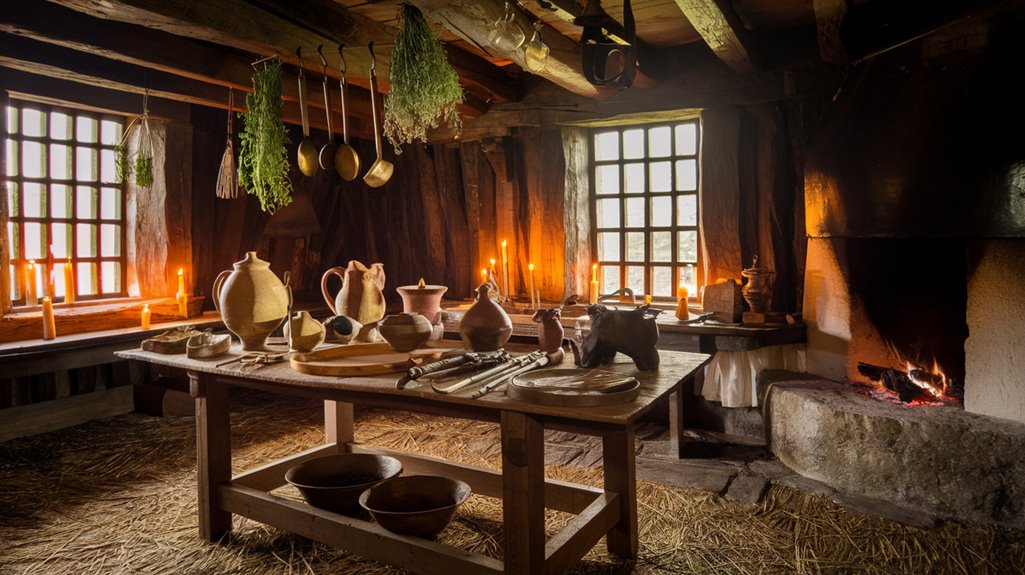
Modern perceptions of medieval women often clash with historical evidence, creating a disconnect between popular beliefs and documented reality.
You'll find that medieval roles for women were far more diverse than commonly thought, with many exercising public duties and contributing notably to community welfare. Historical records show women's rights included holding various occupations and participating in essential societal events. Women dominated the brewing industry as female brewers, or brewsters until 1350. Interactive databases now make researching these women more accessible to the public.
While researching medieval women presents challenges due to limited administrative records and biased church chronicles, resources like the PASE database provide valuable insights into their lives and contributions.
You'll discover that medieval women were active in crusading efforts, literacy expansion, and sophisticated trade systems. Their stories, though sometimes romanticized in later biographies, reveal a complex society where women engaged in roles far beyond domestic responsibilities.

